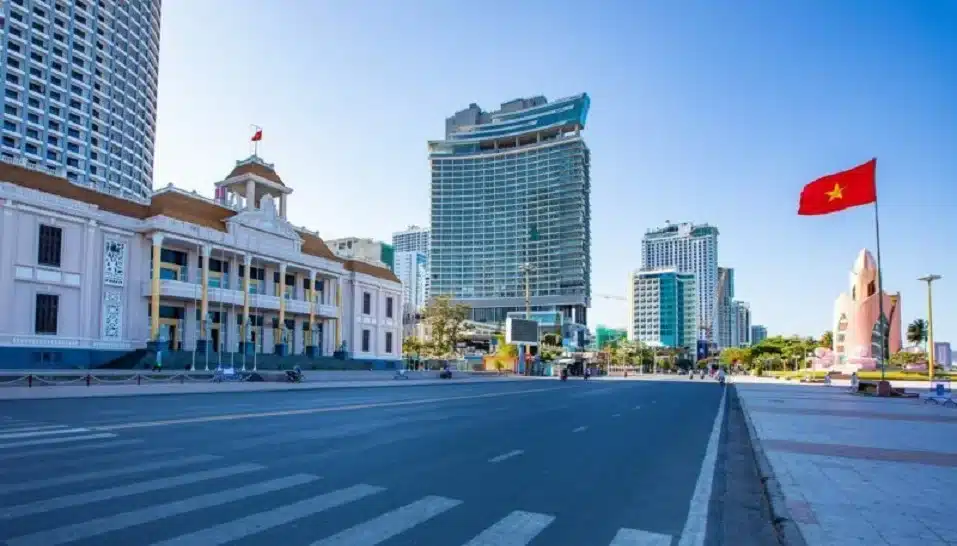Despite being a lower-middle-income country with an influx of tourists, Vietnam has reported only 1497 cases of COVID-19 in over a year of the pandemic. Here’s looking at what data tells us about Vietnam’s battle against COVID-19.
Vietnam, sharing a 1297-km border with China, reported the first international case of COVID-19 on 24 December 2019. Yet the tourism-dependent country with a population of 97.3 million people has reported one of the lowest numbers of cases and deaths across the world. Far ahead from even the most resource-rich countries in the battle against COVID-19, Vietnam re-opened its economy when COVID-19 infections were at their peak globally and has now launched several campaigns to fuel tourism and economic activity.
Early action, targeted action
Vietnam’s COVID-19 curve is demonstrative of ‘early action’ and ‘targeted action’ against COVID-19.
The Ministry of Education and Training announced school closures as early as February when the only cases of COVID-19 were sparse and imported. More significantly, the government launched NCOVI, a voluntary health declaration mobile application to track the spread of the virus using GPS data when the cumulative number of cases were less than 100 across the country. During the same time, testing and mandatory 14-day quarantine were strictly enforced for international travellers, owing to the larger share of import cases to local cases in the country.
A 30-day nation-wide lockdown was announced on 31 March 2020 to flatten a surge in cases in March. However, subsequent restrictions on movement were targeted to high-incidence cities and provinces, and for closely monitored time periods.
Health indicators
Despite a modest average per-capita income of USD 2000, Vietnam has historically recorded very high levels of social development. Its life expectancy at 76.3 years is higher than the global average and at par with highly developed countries.
Government spending on health was recorded at 9.3% in the latest statistics published by the World Health Organization (WHO), a number much higher than many South Asian countries, including more developed countries such as India, which spends a mere 3.4% of its budget on health.
What is significant in the graph above is that countries with fewer cases of COVID-19 had a higher life expectancy, doctor-to-population ratio, and prioritised public health, leading to stronger health systems before the pandemic.
Fewer tests, fewer cases?
Vietnam has recorded lower rates of testing than many of its Asian counterparts with similar demographic and economic conditions, leading sceptics to question if its lower case burden is a function of inadequate testing.
As of 5 January 2021, Vietnam reported 1.5 billion tests. This translates to around 15,000 tests per million people, much lower than even more populous countries, such as India and Nepal.
Vietnam’s testing strategy, similar to its lockdown strategy, has been concentrated around areas with COVID-19 outbreaks. However, before relegating Vietnam’s success story to low testing rates, one must consider its low case-to-test ratio. For every 1000 tests that Vietnam conducts, only one test on average returns positive. This is much lower than the case-to-test ratio of other countries. Indonesia reports 154, while Nepal reports 135 positive cases for every 1000 tests. The rates in India, Pakistan, and the Philippines similarly range between 55 and 75 positive cases for every 1000 tests. Singapore, which has a very high testing rate of over 95%, reports10 positive cases for every 1000 tests.
Vietnam’s COVID-19 success story was widely talked about at the World Economic Forum in 2020. The manner in which the Southeast Asian country, with its limited economic resources, has managed to tackle the public health emergency so effectively has been commended globally.

















